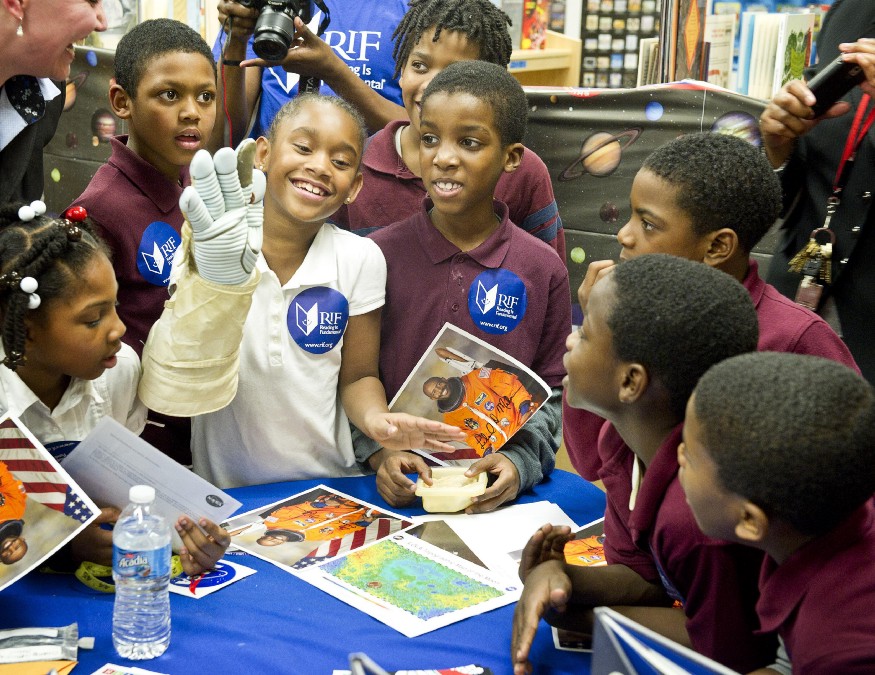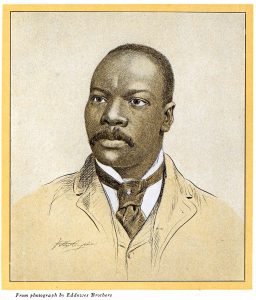One of the many benefits of working at ABET is the opportunity to engage with diverse populations from around the world. Our mission–to improve the quality of technical education worldwide–has a far-reaching impact. Graduates of science, technology, engineering and math (STEM) programs will go on to create solutions that address many of the world’s most pressing challenges: from discovering new sources of renewable energy to removing carbon from our atmosphere, to providing clean water to millions of the world’s population, and working to improve global health and well-being.

Despite the remarkable advances we’ve witnessed, the unfortunate reality is that minority populations continue to be underrepresented in STEM disciplines. According to the National Center for Science and Engineering Statistics, while over a third of black, Latino and Native American students enter college with an interest in studying STEM, only 16 percent go on to obtain bachelor’s degrees in these fields. To successfully develop solutions that benefit everyone, our learning environments and workforce must be comprised of people from diverse backgrounds, perspectives and personal experiences. In order to design solutions that serve the needs of everyone, those designing the solutions must be culturally inclusive and understand the populations they serve. In short, we can’t have sustainable solutions without a diverse workforce — the two go hand-in-hand.
February is Black History Month, which provides an important opportunity to recognize the notable contributions and achievements of African Americans to our nation’s history and culture. Many of these accomplishments have led to key breakthroughs and advances in such fields as science, medicine, engineering, law, business and public service. As we reflect on these contributions that touch many aspects of our lives, we should also use this as an inflection point to call for more diversity in the innovation enterprise. By focusing our efforts on maximizing the potential of all people, regardless of race, ethnicity or socioeconomic status, we can work together to build a better world — one that is safer, more equitable and more accessible to all.

For example, take Granville T. Woods, who became an engineer immediately after the American Civil War. He was one of the first major African American inventors and registered nearly 60 patents in his lifetime, including a telephone transmitter, a trolley wheel, steam boiler furnace and the multiplex railway telegraph. This telegraph made it possible for trains to communicate with the station and with other trains, so they could know how close they were to others and avoid collisions. Combined with his automatic air brake used to slow or stop locomotives, his inventions noticeably decreased the number of accidents on railways.
Born in Columbus, Ohio, in 1856, Woods was mostly self-taught. He left formal schooling at the age of 10 to support his family, and got his start as an apprentice in a machine shop, learning the trades of machinist and blacksmith. He worked his way up the ranks as a train engineer on the Danville and Southern railroad in Missouri, then as chief engineer of the Ironsides British steamer. Eventually, he returned to Ohio and established a business as an electrical engineer and inventor.
Though it is said he would study engineering in his spare time, there is no evidence he ever received a college degree. Yet, he was a communications and transportation pioneer who helped modernize the American railroad. If he can do all of this with limited access to resources, let’s imagine the possibilities if we provide equal access to educational opportunities for all students. Properly prepared, their potential contributions to improving our world are infinite.
Today, we are uniquely positioned to provide more opportunities for students to explore different careers in STEM. And at ABET, we pride ourselves in the quality of education we ensure. Our accreditation provides confidence to students, parents, employers and the society we serve that the academic programs we accredit meet the quality standards that ensure graduates are ready to enter a global workforce.
According to the Department of Education, out of over 180,000 engineering degrees awarded in 2016, only 6,012 degrees, or roughly 4.5 percent, were earned by black students. Of those, 1.1 percent, or roughly 1,000 degrees, were awarded to black women. We can do better, and we must do better. We have the ability to equip all young people with the knowledge, skills and experiences to be successful–not just personally, but also in the critical work they will do in preserving our planet. They can aspire to achieve great things, and we need to set the example. Creating a diverse technical workforce begins with a diverse pipeline of students with the confidence to succeed. Encouraging participation in STEM is certainly an important first step to increasing diversity in these fields. At the K-12 level, best practices include providing near-peer mentors, role models who are similar in background to the students they are encouraging, and early and sustained opportunities to explore science through authentic research experiences. There is also a growing need for career guidance at the graduate and post-graduate levels to encourage diverse scientists to pursue careers across STEM fields.
Meeting the world’s current and future challenges requires a highly-skilled, diverse and globally competent workforce with the ability to think both critically and creatively. This month, as we recognize the many accomplishments of the engineers and scientists that paved the way for today’s generation, we must have a renewed commitment to creating and supporting efforts to increase the number of minorities pursuing engineering, computing and science degrees. We must be steadfast in not only underscoring efforts to reframe the conversation on STEM diversity, but to also identify key initiatives to close the gap and grow the talent pool from underrepresented communities. Let’s work together to develop a diverse STEM workforce that drives innovative solutions to the complex global problems we all face as citizens of our world.